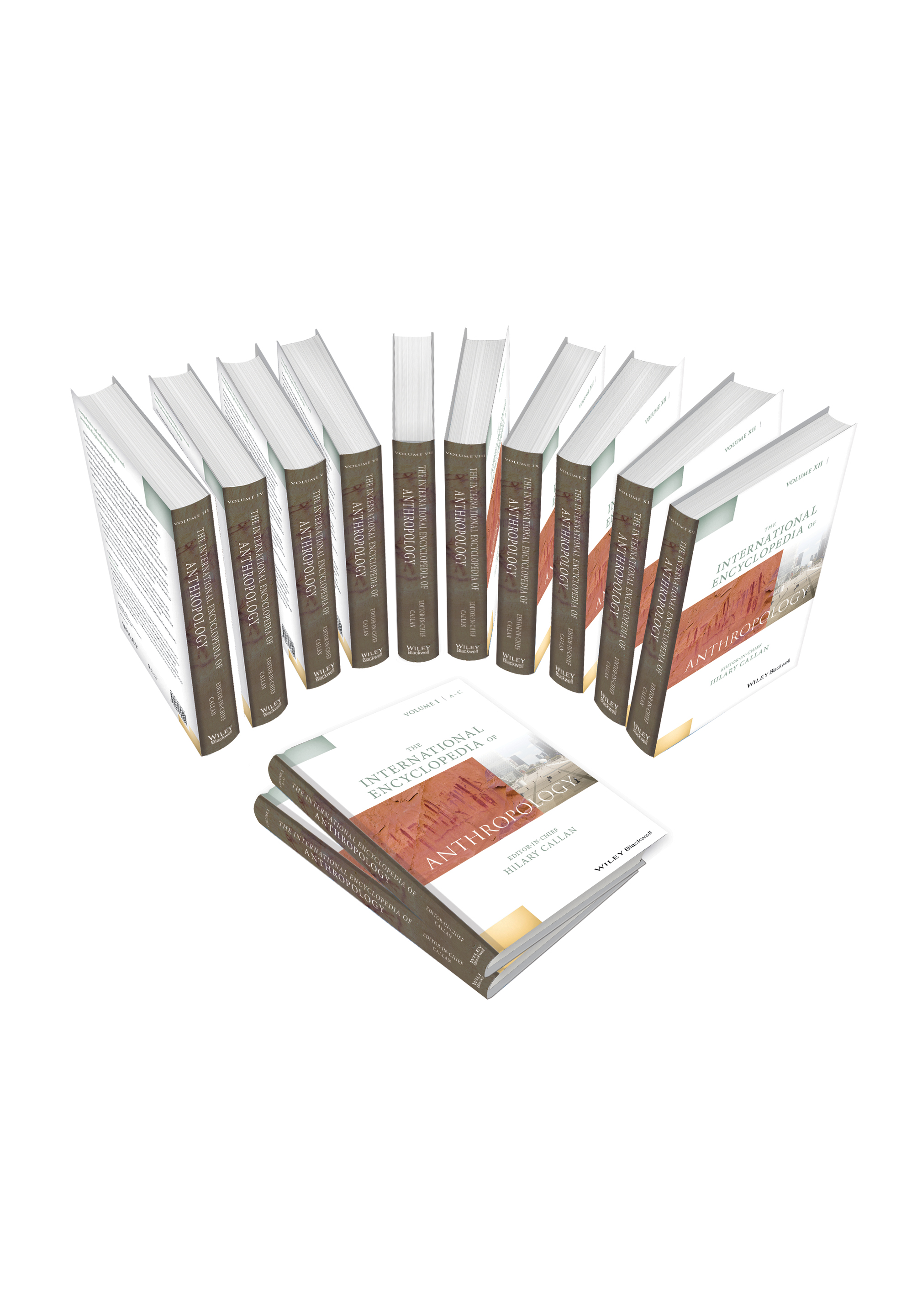Abstract
Anthropological consideration of blood had until the 1990s mainly focused on its deployment as an idiom of kinship, nationalism, and race and on descriptions of its use in ritual contexts. By the 2000s, anthropologists had become increasingly interested in social practices centering on blood outside of the body: blood donation and transfusion, blood tests, blood spilled as a form of political protest or for artistic purposes, and so on. But the earlier concerns were not dropped. Rather, it became important to view the ways in which literal excorporations of and practical procedures concerning blood and more metaphorical deployments of it inflected and influenced one other.



